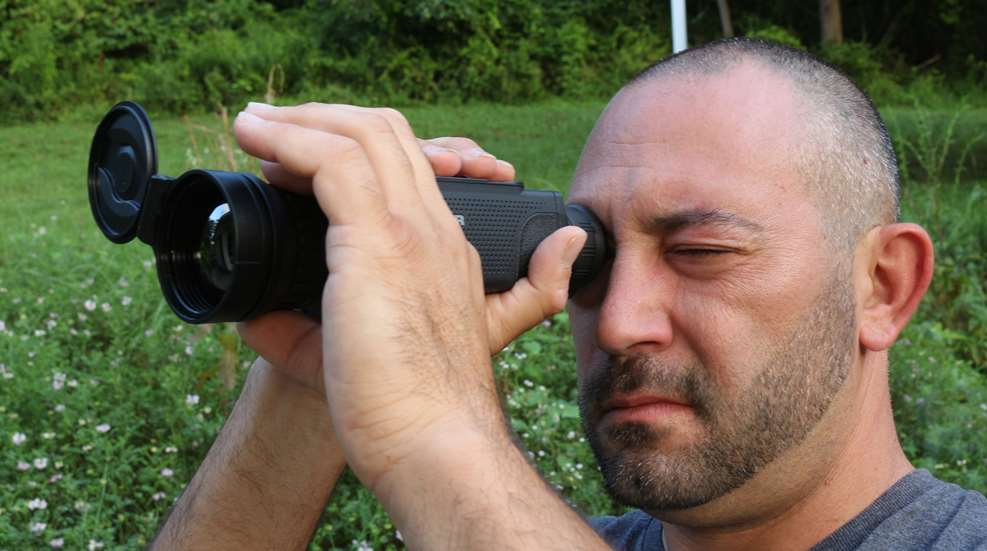
Have you ever purchased a product for one specific task, only to find that you seldom use it for that particular job? I know I have. As I write this, I think about my recent work with my first thermal monocular, the Pulsar Helion 2. While I initially used it primarily to eliminate some of the nuisances that roam our property, I eventually found that my time using it for hunting was largely eclipsed by its plethora of other uses.
For those not familiar, thermal imaging is a detection device that compares surface temperature of anything that they are pointed at. They then resolve the data into an image displayed on a viewfinder in real-time. Many compare them to night vision, which isn’t entirely fair. Yes, a good thermal will cut through the darkness and show you a similar picture, but unlike night vision devices that require a form of light to make an image in the screen, thermal imaging does not require light, whether from the moon or infrared designators. Because of this, hunters have championed this tech in the field for shooting and recovering game animals. However, I’ve found at least five other great reasons to own one of these handy units.
Leak Detection
Living on an island for the first 40 years of my life has taught me to both fear and respect water. Storm damage is undoubtedly a homeowner’s main protagonist in temperate and tropical environments, destroying roofs and, if not spotted quickly, eventually ceilings. The trouble is that once water begins to make its way into a living space, it could have potentially traveled dozens of feet from its entry point.
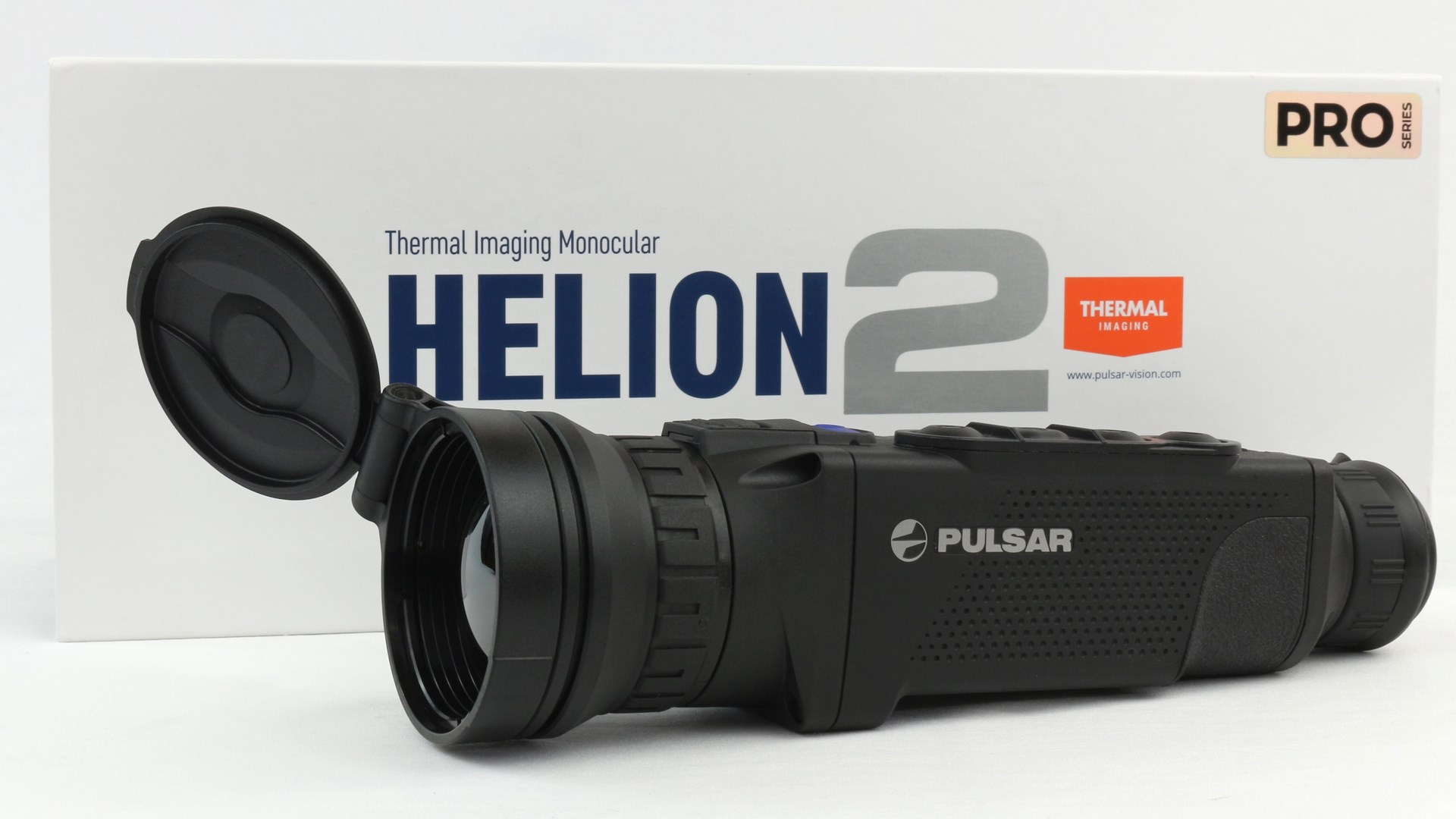
A thermal can help you find these leaks when they are in the attic, long before they have a chance to cause damage, not to mention mold. Being that water cools whatever it touches, it is rather easy to spot. If you see something that looks like a puddle on the screen, you might want to inspect it closer.
Spotting Beehives
My wife, Barbara, is deathly allergic to bees, so I am always on high alert to keep them out of our home and the surrounding areas. Time with an allergist has determined that she is extraordinarily allergic to honeybees, which, luckily, are the easiest to keep track of because of their unique activity. Unlike nearly every other insect, these guys produce an immense amount of body heat both individually and as a community. This is the byproduct of honey ingestion as well as the “shivering” that they do to intentionally produce warmth. The degree of heat generated can be so intense that it is often employed to kill other insects! For this reason, they are relatively easy to spot inside of a wall, particularly on a cold day.
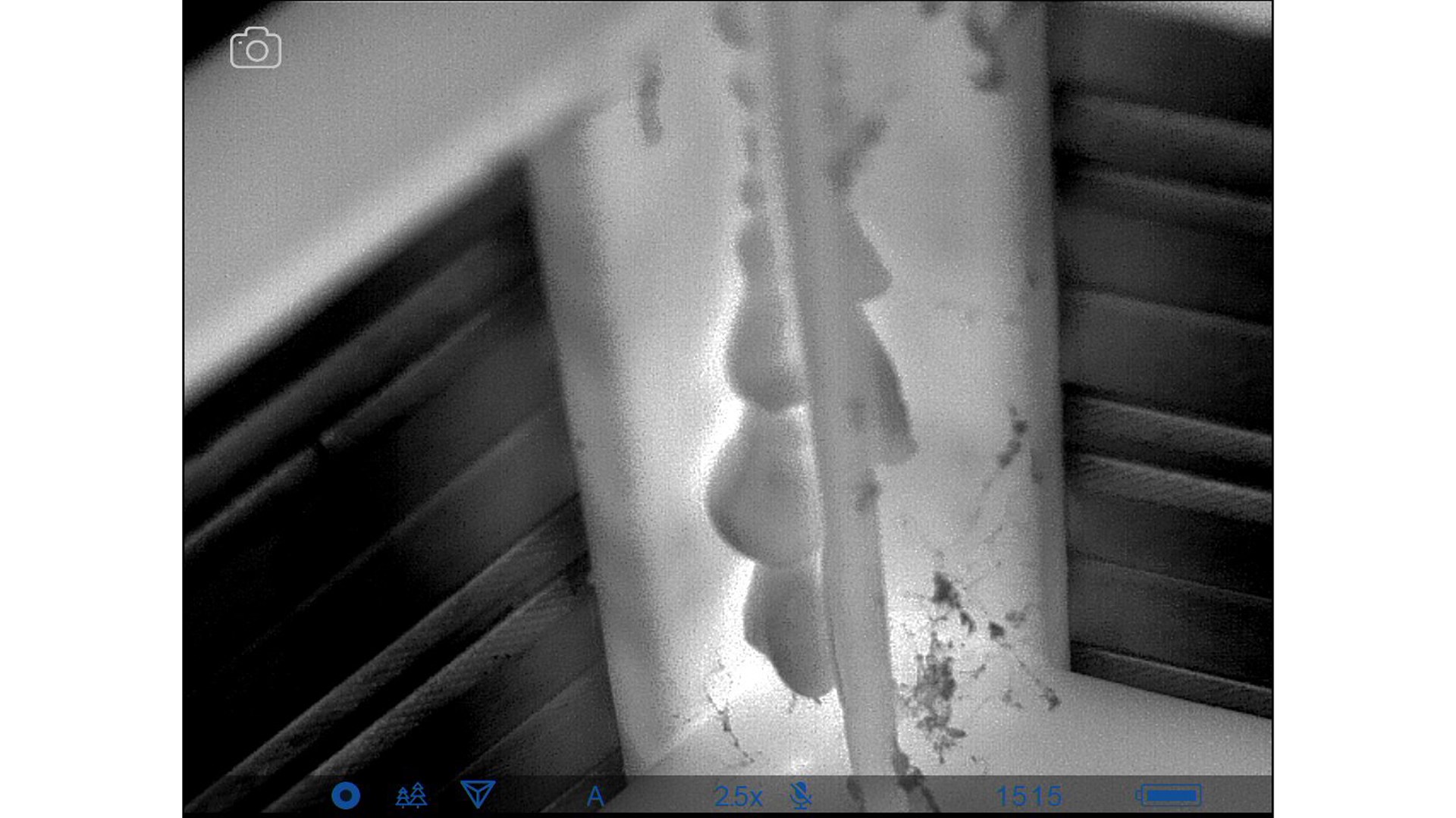
The method is simple, point the thermal at the wall and see if there is a glowing ball of heat anywhere there shouldn’t be. A word of caution, though, the entire nest isn’t always warm. In most cases, you’ll only spot a subsection of it. Therefore, it’s important to have it removed professionally, as a pro will have a better idea of where it might start and end.
Mushroom Hunting
Mushroom hunting is a fun and exciting hobby, just so long as you understand what you are looking for and can properly identify your harvest; thermal imaging excels in this arena as well. Contrary to popular belief, mushrooms do not give off heat but instead remain cooler than their surroundings because of its water content. Just as with leak detection, this can work to your advantage as they will stick out and be visible in a thermal imaging device.
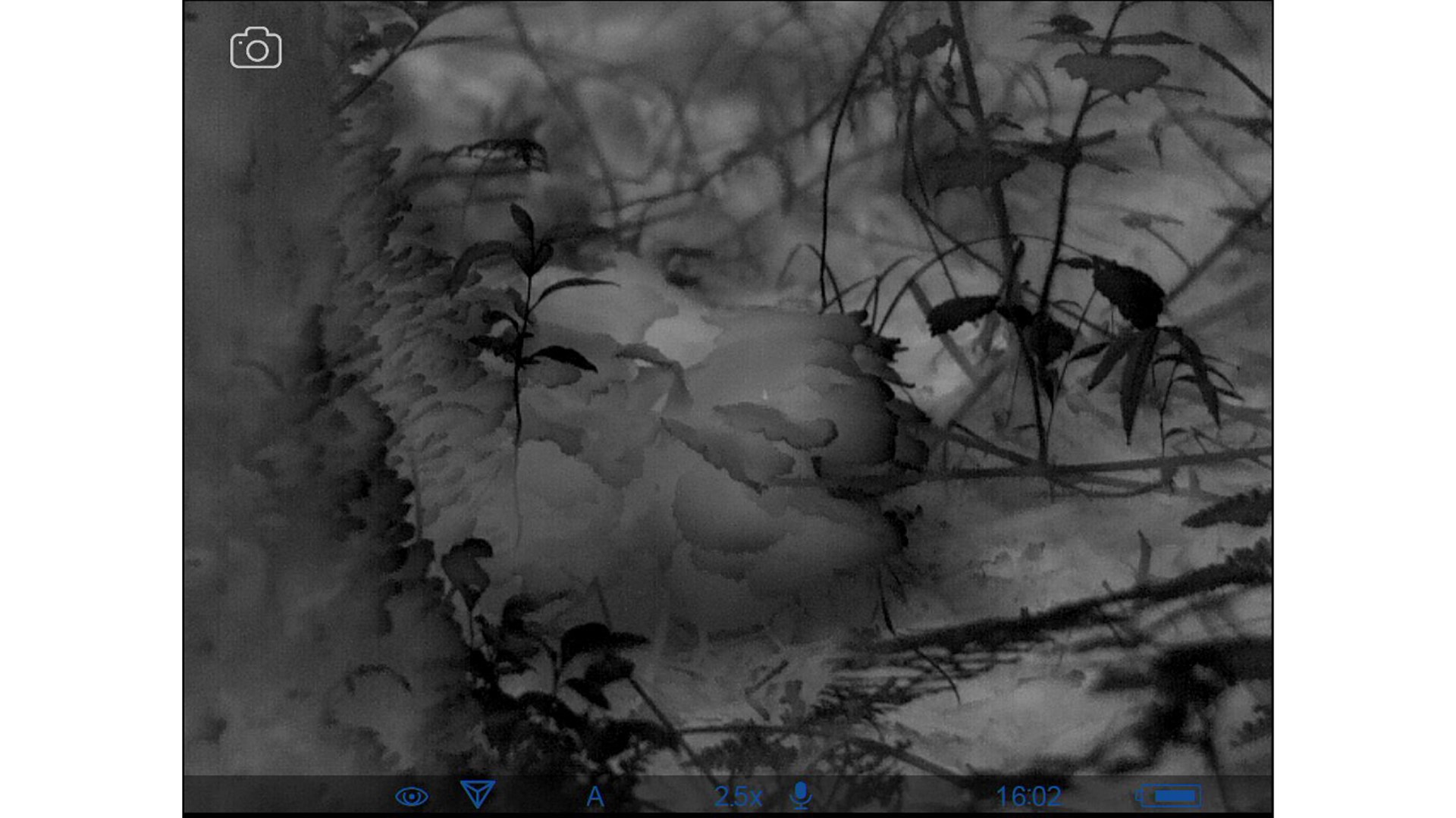
It helps to know what your common species are shaped like, as most times, you’ll only get a vague outline. I used mine to spot a large Hen of The Woods, but many folks have reported terrific success finding more sought-after morels and chanterelles.
Bird House Occupancy
Something that I have grown to appreciate later in life is the flourishing avian wildlife that saturates our yard and woods. So much so that we have been making efforts to attract more of our feathered friends to help them reproduce. Placing a few birdhouses is a good place to start; however, if they aren’t being used, you need to figure out why and correct them. A quick glance with a thermal will easily show you if anybody’s home via a brilliant glow that emanates through the door. When we find that a bird has moved in, we do our best to avoid the area so as not to disturb it, particularly if she’s incubating a nest of eggs.
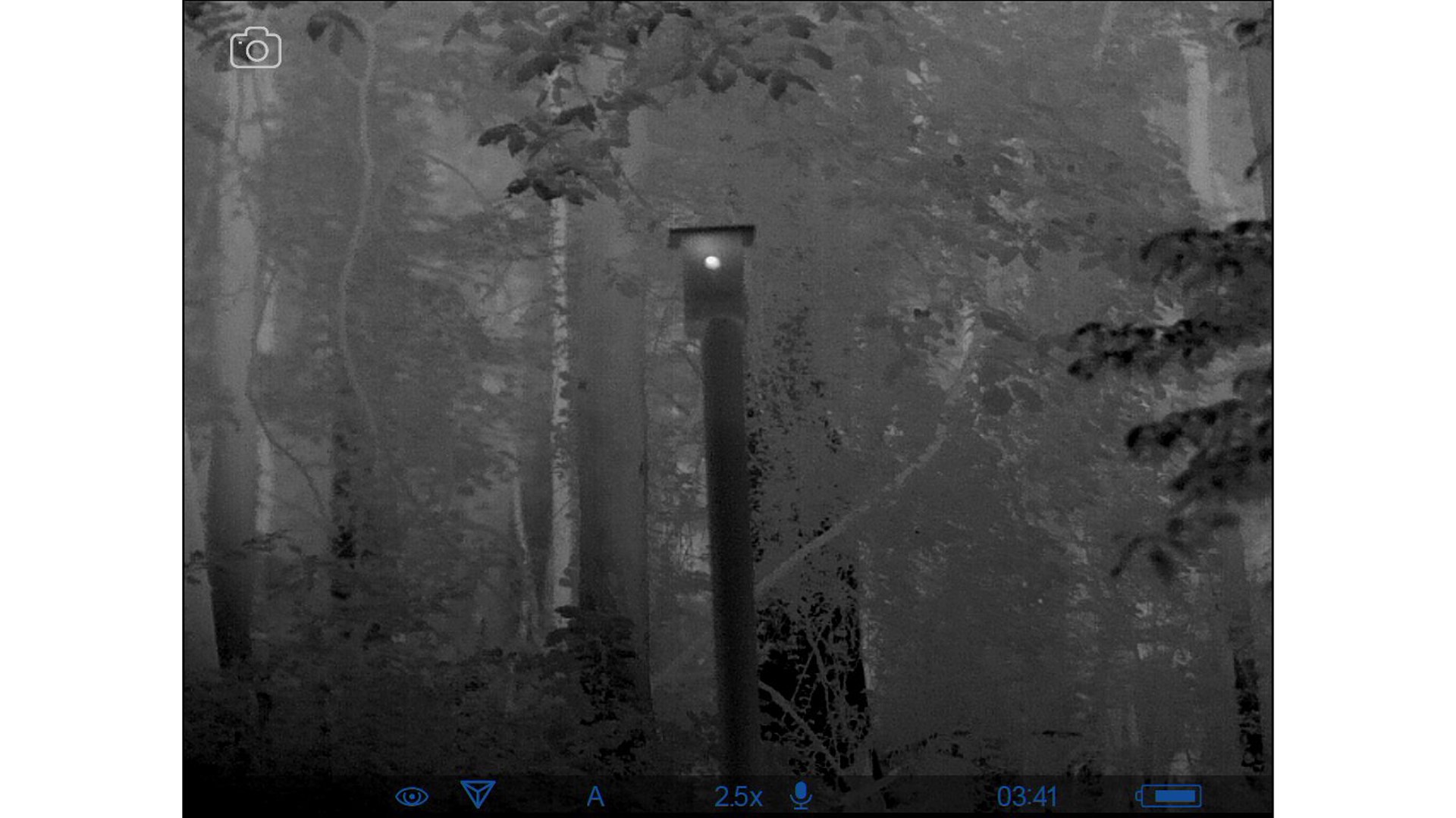
If we’re proactive enough and nail down the day she appeared, we can even predict a rough birthday and listen for the hatchlings.
Finding Your Dog
Hounds are by far my favorite breed of dog. I love their expressive nature, tell-tale howl, and general demeanor. What I could do without is the fact that they are slaves to their noses. For this reason or redbone mix, my dog, Browning, is almost never left unsupervised in the yard or the woods. He’s pretty good at staying close, but if (more like when) he picks up a scent, he’ll lose whatever control he had and run. If our back is turned for even a few minutes, he can cover several hundred yards. However, due to the dense fern growth, he doesn’t need to be more than 25 yards away before we lose sight of him. Keeping a thermal monocular at hand allows us to keep track of him at night while letting him be a dog for a little while.
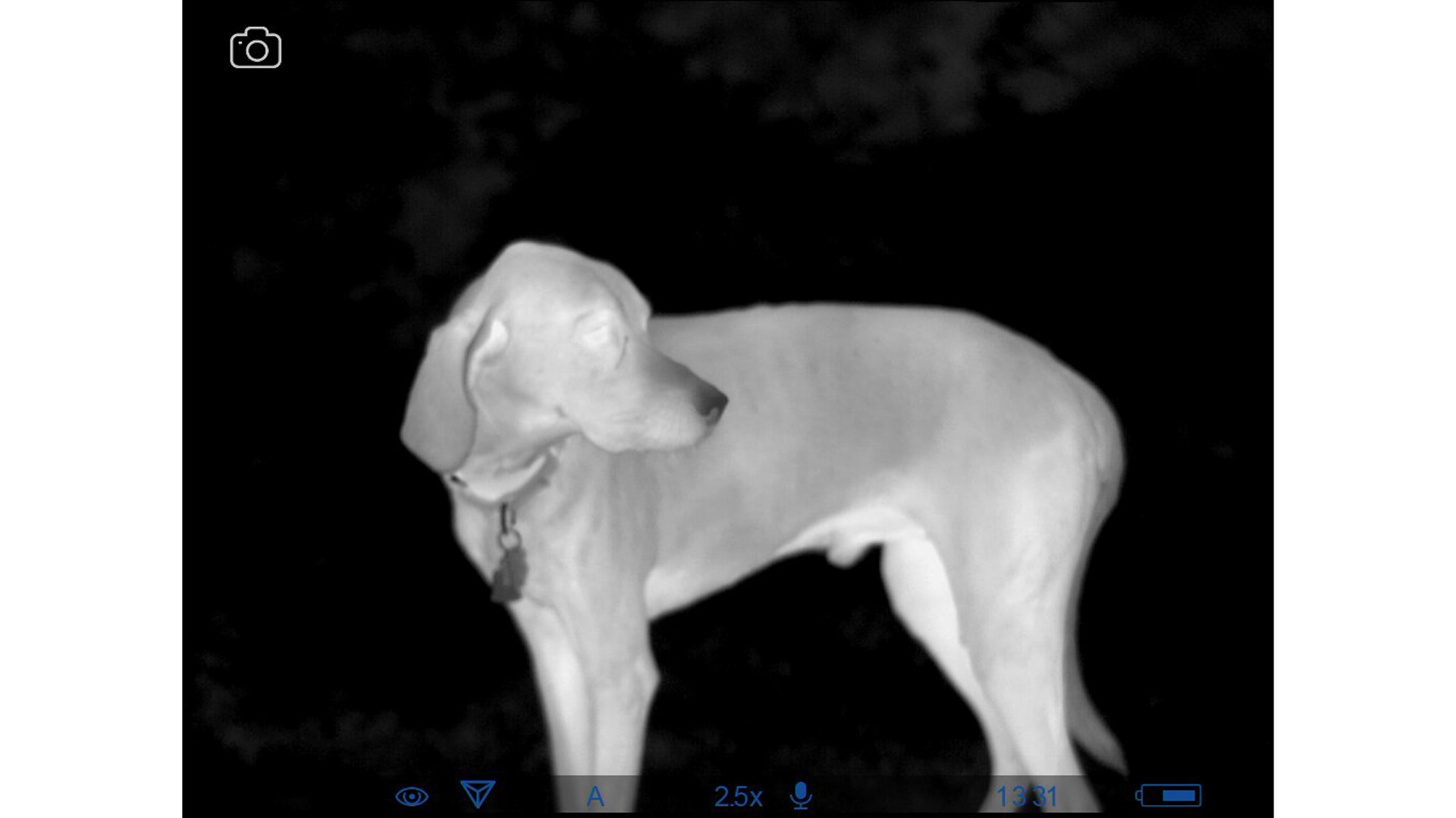
Undoubtedly, there are many more uses for a thermal monocular than just what’s listed here, but this should give you an idea of what you can do with these handy hunting tools. It’s more than just a game-finding rig, and you might just find that the other uses will more than justify the cost.




































